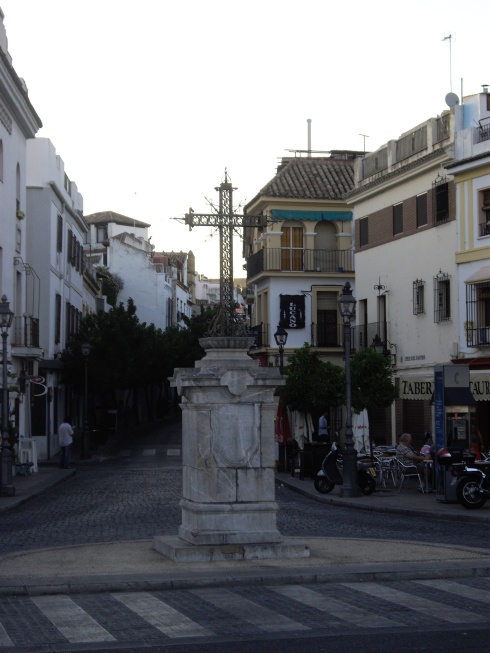In years gone by I have to admit to underestimating and being caught out by the enormity of a global event such as Live Aid in 1985, the Mandela Concert also at Wembley in 1988, or Tony Two Dinners turning up at the Chelsea Kitchen on a Friday night.
For five years now, the Olympics 2012 has been on the back burner of life aside from the usual gainsayers predicting doom, gloom and gridlock. We in London have been busy with the Queen’s Jubilee celebrations and then what we in the cab trade call The Season. It starts with the Chelsea Flower Show, then it’s Epsom, Ascot and now we’ve Wimbledon. The carriage trade are in town and we’re busy on the streets. It’s one month away and there’s an expectancy in the air, you can just feel it. Most of the venues completed ahead of schedule, the whole project completed within the revised budget and Boris The Posh Chap may even have a new badly fitting suit.
Like Spring but not our economy, each day’s little green shoot reveals signs of what’s just over the horizon. Street signs are appearing with getahead2012.com on a bright pink background, major streets are closing until September and Horace Jones’s Tower Bridge built in 1894 just got fabulous Olympic rings beneath its gantry.
Thus, the Games just around the final bend, I myself grasped the enormous reality of it all at a training day for dedicated drivers run by LOCOG on Wednesday in their impressive education centre in Hoxton, not a wedge haircut or Banksy in sight, just a roomful of chauffeurs on dressdown Tuesday.
Seen most of them before over the years at airports and outside A-list restaurants. Not the run of mill drivers who stand around in arrivals lounges with rendezvous boards and earpieces worthy of Dan Dare in The Eagle comic. These are the tasty geezers found in not so obvious spots because their charges know where they always are, seen it, done it, got the ex-military taught giveaway very shiny toecaps and suntan.
Our host Sarah glided us through the PowerPoint show, fielded nearly every educated question and we all dispersed with our information packs, I think all impressed at the planning that’s gone in over the years.
Right here, right now, we’re going to nail this baby. We don’t need the Stalinist planning of Beijing, this city and our police always do it right, as this year has already shown. After all, this is the country that once ran a quarter of the Earth’s surface, even owned India through civil servants, a few princes and a genuflection of quislings.
This games need not attempt to out-stage Beijing, the very backdrop of our great skylines and the venues outside of the Olympic park will give it an intimacy and sense of history unparalleled before in my opinion.
In terms of tourism, the legacy of these games will stretch out for years to come. Many worldwide will view the games at home and decide to visit London themselves. Certainly, by the time the marathon has passed our historic backdrops at just the right pace for visual absorption, Sleazyjet et al will be in meltdown, so book your weekend in Jibrovia now!
Memo to the gainsayers: stop dissing our city and get hip. Londoners are very creative when it comes to moving around. We’ve got around Hammersmith Bridge closing more than once, Hammersmith Flyover closed briefly just recently and a deserted Battersea Bridge pushed us all over Albert Bridge too. Sure, there’ll be days with problems on our roads, but if you’ve an event ticket you get free public travel.
The high-speed dart train will whisk you from St Pancras to Stratford in six minutes and forty-five seconds, less time than the album version of The Doors’ Light My Fire. Who in their right mind would go to Stratford by taxi? Let’s all chill and get behind it. Like Jim Morrison would have. Cue Riders On The Storm












